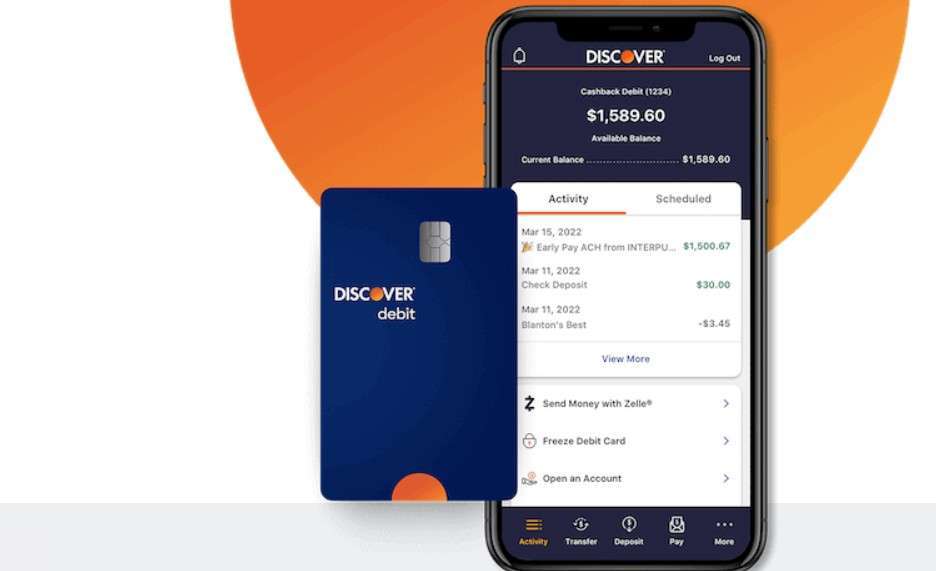As technology closes the gap between the real and the virtual, it has become more important than ever for carriers to consider how customer needs – and their ability to meet them – are going to evolve. In our recent Accenture Insurance Technology Vision 2022 we outline how the metaverse continuum will impact the industry over the next decade.
One of the key trends that arises when we talk about the metaverse is the advancement of Web3. This term might be new, but it encompasses a great deal of the technological advancement and activity that is already naturally occurring on the internet. Web3 refers to an iteration of the World Wide Web where decentralization, blockchain technologies, and token-based economics build new, secure ways of connection and commerce.
This new vision for the internet includes the creation of immersive virtual worlds, blurring lines between digital and physical, and may create the largest shift we have seen in digital technology since the inception of the big tech platforms such as Facebook.
What unique challenges and opportunities does the metaverse hold for insurers?
Essentially, insurers are faced with the daunting and exciting challenge of insuring a changing world. A person can just as easily get injured in a game of VR golf as he/she can on a physical course. A customer can lose their physical possessions in an armed robbery, or lose money in their account through identity fraud.
Aviva, the UK’s largest insurance company, revealed in recent research that claims on accidents caused by Metaverse and virtual reality (VR) gadgets increased by 31 percent in the past year. They identified metaverse-related risks that included physical harm to their surroundings while wearing headsets; avatar identity theft and anonymity-based crimes; violations of metaverse etiquette and privacy risks through data breaches and leaks; and exploitation of user biometrics and online behavioral data. The horizon for what constitutes risk is changing. Insurers face the daunting but exciting task of building new platforms, products, and services; securing technology; and identifying the use cases and business models.
Insuring the metaverse
While the metaverse is still a new prospect, it offers insight on and opportunities for connection with clients. As this technology evolves, insurers can leverage research and listen to their customers to isolate, test and act on opportunities. For example, North American integrated financial services company IMA Financial Group launched their own IMA Web3Labs, which constitutes the metaverse’s first insurance and risk management research and development facility. The facility will be located in Decentraland, a virtual world based on blockchain technology. Funded by IMA’s investment arm, IMA Investments Inc., Web3Labs sets new industry expectations for exploring, testing and bringing to market risk and insurance strategies specific to the metaverse.
The importance of insurance partnerships in the metaverse
As we have discovered in other areas of insurance, strategic partnerships can help insurers to develop and scale solutions in new markets quickly, and lend them more agility than if they approached it on their own. This is no different in the case of Web3. In fact, the seamless, decentralized nature of Web3 makes the formulation of partnerships essential. Leading insurers will accelerate their cloud transformations, rebuild applications with microservices architectures, and deploy open application programming interfaces (APIs) to accommodate upstream and downstream data flows with ecosystem partners. Consider the case of Checksig, who has partnered with SATEC Specialist Underwriting to create bitcoin and crypto solutions for private and institutional investors. SATEC is the specialty underwriter of Cattolica Assicurazioni (Generali Group).
Conclusion
In conclusion, the metaverse offers the opportunity for insurers to engage with customers in a new dimension. While it may not be an urgent consumer trend, leading insurers should be proactive by staying up to date on the trends impacting the metaverse and actively seeking opportunities within this space that are a good brand fit. This is best achieved by using smart partnerships and metaverse accelerators.
Get in touch to discuss how your insurance business might use the metaverse to connect with new customers and opportunities.
Accenture Insurance Technology Vision: Find out how today’s metaverse innovations are becoming the building blocks of the insurance industry’s future.
Get the latest insurance industry insights, news, and research delivered straight to your inbox.
Disclaimer: This content is provided for general information purposes and is not intended to be used in place of consultation with our professional advisors.
Disclaimer: This document refers to marks owned by third parties. All such third-party marks are the property of their respective owners. No sponsorship, endorsement or approval of this content by the owners of such marks is intended, expressed or implied.
Publisher: Source link










